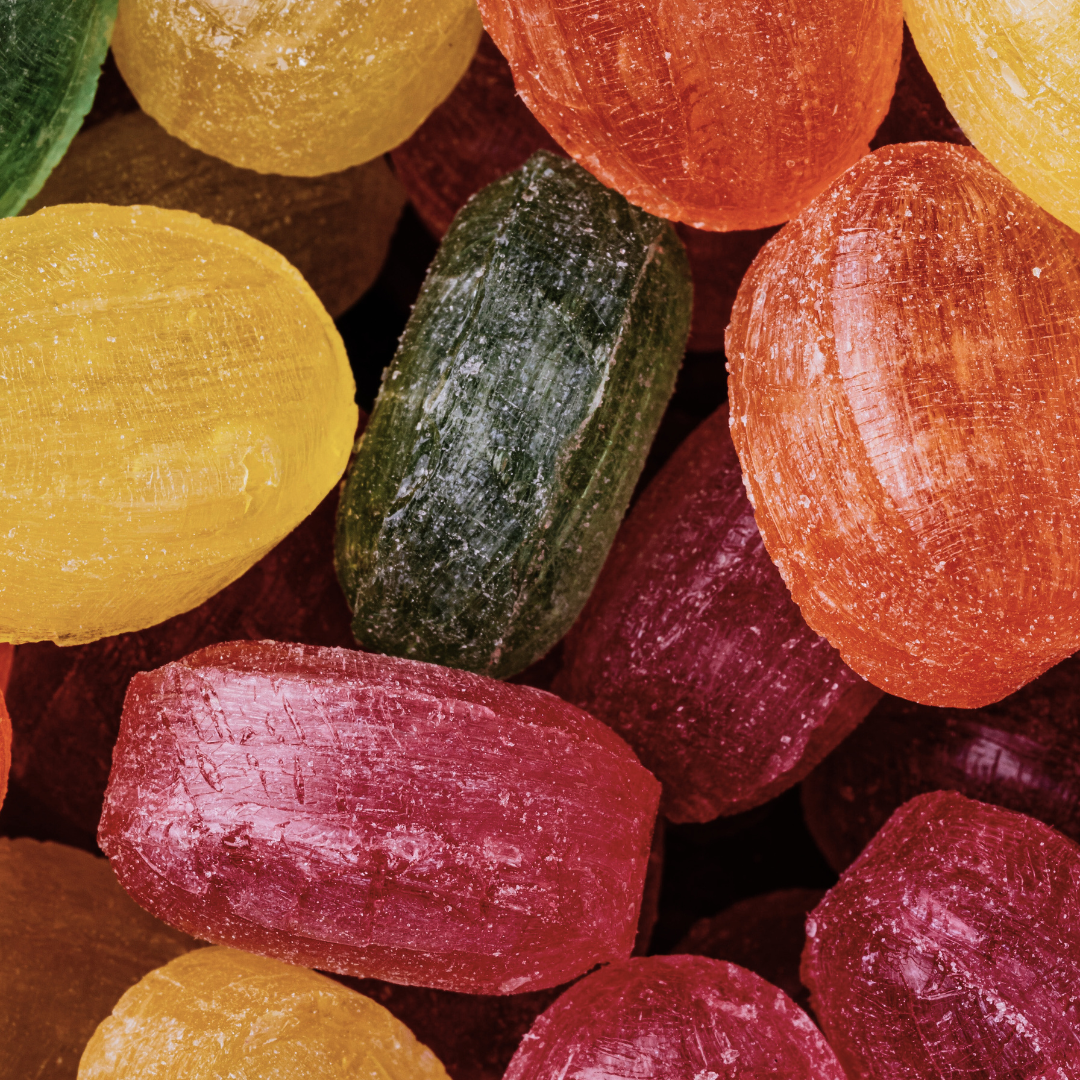There’s nothing artificial about SaladPower, and we don’t take kindly to food and beverage companies that use food coloring to manipulate the fact that many consumers eat as much with their eyes as their mouths.
And now that multiple studies suggest a link between artificial food dyes and hyperactivity in children, we believe it is more important than ever to make smart choices about the foods we buy.
You see, many of the bright-colored products gracing the aisles of most food markets are pumped with artificial food dyes, which are actually coloring additives derived from petroleum. While many petroleum-based food dyes have been banned, many controversial ones still remain.
Despite studies linking artificial dyes to hyperactivity associated with ADHD, and appeals made by consumer-interest groups, you’re still likely to see one of these potentially harmful dyes in many household products, many of which are marketed to children.
So it’s up to us to be mindful about what we feed ourselves and our youngsters. There is absolutely no good reason to consume food colorings if your goal is a healthier and more nutritious lifestyle.
We think more companies should follow our lead here at SaladPower, which is to focus on quality of nutrition, not visual trickery.

